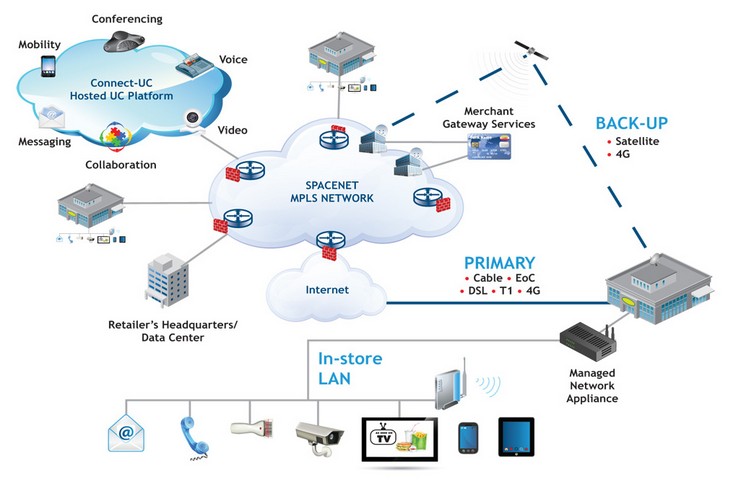What to Consider in Cloud-Based Unified Communications
Businesses should expand the access of their collaboration and communication applications and services so as to enable employees to be more productive from any location and with any devices they have. The cloud is a powerful tool to provide Unified Communication (UC) applications and many options now exist from vendors who are tapping into this development.

In this basic guide,we will look at the UC applications which are most appropriate for the cloud and summarize the possible issues that can arise while moving to the cloud. These can be security,integration and enterprise support. This guide should help you to evaluate the providers and qualify the products and services to short list.
Part 1: What is Cloud-based Unified Communications (UC)?
Hosted unified communications (UC),likewise called unified communications as a service (UCaaS),keeps on getting attractive to businesses that depend on voice,collaboration and presence,messaging to make their businesses click. Hosted UC has such benefits as Low capital requirement,low total cost of ownership and quick implementation.
Companies with small budgets can consolidate their UC services cheaply by adopting hosted UC. Some of the things that make this idea attractive is the centralized,flexible and scalable user management,less administrative effort,and assured service-level-agreements (SLAs).
A hosted UC provider also provides special expert labor that is hard for smaller companies to attain by themselves. A good provider usually has invaluable knowledge from handling many clients with diverse challenges,and can utilize this knowledge to new clients so as to ensure their cloud adoption is fluid and profitable.
Part 2: How does Cloud-based UC work?
UC service provider either leases or owns a data center from where the infrastructure for UC hosting is housed. The service provider keeps the data center running by maintaining the software and hardware,doing updates and patches on time and performing necessary upgrades in a timely manner. The provider also assures uptime by means of an SLA.
One of the most attractive things about a cloud-based UC is scalability - customers can alter the applications to access and also the users who are able to access,as the needs of the business fluctuate.
Part 3: Features of a Cloud-based UC
Hosted UC applications comprise voice/telephony; unified messaging (UM),which consists of email and faxing; instant messaging (IM); presence; Conferencing (video,audio and web); and social tools and content sharing. These are all accessible through a single user interface,either on mobile or a desktop device.
A provider may include all of these applications or some of them and let you pick applications or simply a single UC package. UC applications especially video and web conferencing consume a lot more bandwidth. Companies with wireless networks would need to procure more bandwidth and wider coverage for Cloud-based UC to work properly.
Cloud-based UC can be integrated severally,with many using UC system directories like Active directory or customer management applications. This allows the company to manage all their business communications through a single interface.
For purposes of security,Cloud-based UC providers usually utilize single-instance also known as private cloud,or multi tenant architecture. In a single-instance setup,every customer has its own virtual instance and on-premises applications can be integrated or customize it as they deem fit.
ezTalks is one good example of a cloud-based UC provider offering video conferencing,medical treatment,online interview,customer service,etc. ezTalks offers on-premise video collaboration option that gives companies a flexible and scalable solution that's customizable to their specific business needs.